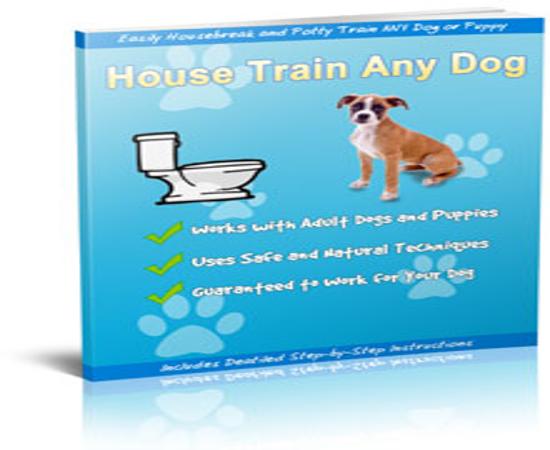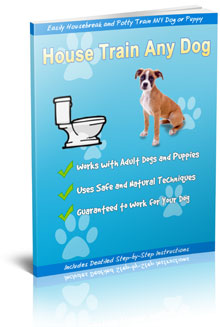Effective Strategies for Housetraining & Potty Training Your Dog
Training a new puppy or adult dog can be both challenging and rewarding. One of the essential aspects of dog training is housetraining and potty training. The process may seem daunting at first, but with patience, consistency, and the right techniques, you can successfully teach your canine companion where and when to do their business.
The Benefits of Proper Housetraining & Potty Training
Proper housetraining and potty training have numerous benefits, both for you and your dog. These include:
- Less stress and mess in your home
- A strong bond between you and your furry friend
- Improved hygiene and cleanliness
- Increased freedom for your dog
- Enhanced communication and understanding
FAQs About Housetraining & Potty Training
Q: How long does it take to housetrain a dog?
A: The time it takes to housetrain a dog can vary depending on the breed, age, and consistency of training. On average, most dogs can be housetrained within a few weeks to a few months.
Q: What are some common mistakes to avoid during housetraining?
A: Some common mistakes to avoid include punishing your dog for accidents, not establishing a routine, and not supervising your dog closely enough.
Q: Should I use puppy pads for housetraining?
A: While puppy pads can be useful in certain situations, they can also prolong the housetraining process. It’s best to focus on outdoor potty training as soon as possible.
Q: Is crate training necessary for housetraining?
A: Crate training can be a valuable tool for housetraining, as it helps regulate your dog’s bathroom habits and prevents accidents when you can’t supervise them.
Q: Can older dogs be housetrained?
A: Yes, older dogs can be housetrained, but it may take more time and patience. Consistent training and positive reinforcement are key to success.
Effective Techniques for Housetraining & Potty Training
When it comes to housetraining and potty training your dog, consistency is key. Here are some effective techniques to help you succeed:
- Establish a routine: Take your dog out at the same times every day to help them learn when and where to go potty.
- Use positive reinforcement: Reward your dog with treats and praise when they do their business in the appropriate spot.
- Monitor your dog’s behavior: Watch for signs that your dog needs to go potty, such as sniffing around or circling.
- Clean up accidents properly: Use an enzymatic cleaner to remove the scent of accidents, preventing your dog from returning to the same spot.
- Be patient and consistent: Remember that housetraining takes time and effort, but with consistency, your dog will learn.
Conclusion
Housetraining and potty training your dog may require patience and dedication, but the rewards are well worth it. By following the right techniques, establishing a routine, and being consistent in your training, you can successfully teach your dog where and when to go potty. Remember to use positive reinforcement, be patient with your furry companion, and celebrate their successes along the way. A well-housetrained dog is a happy dog, and a happy dog leads to a happy home!


